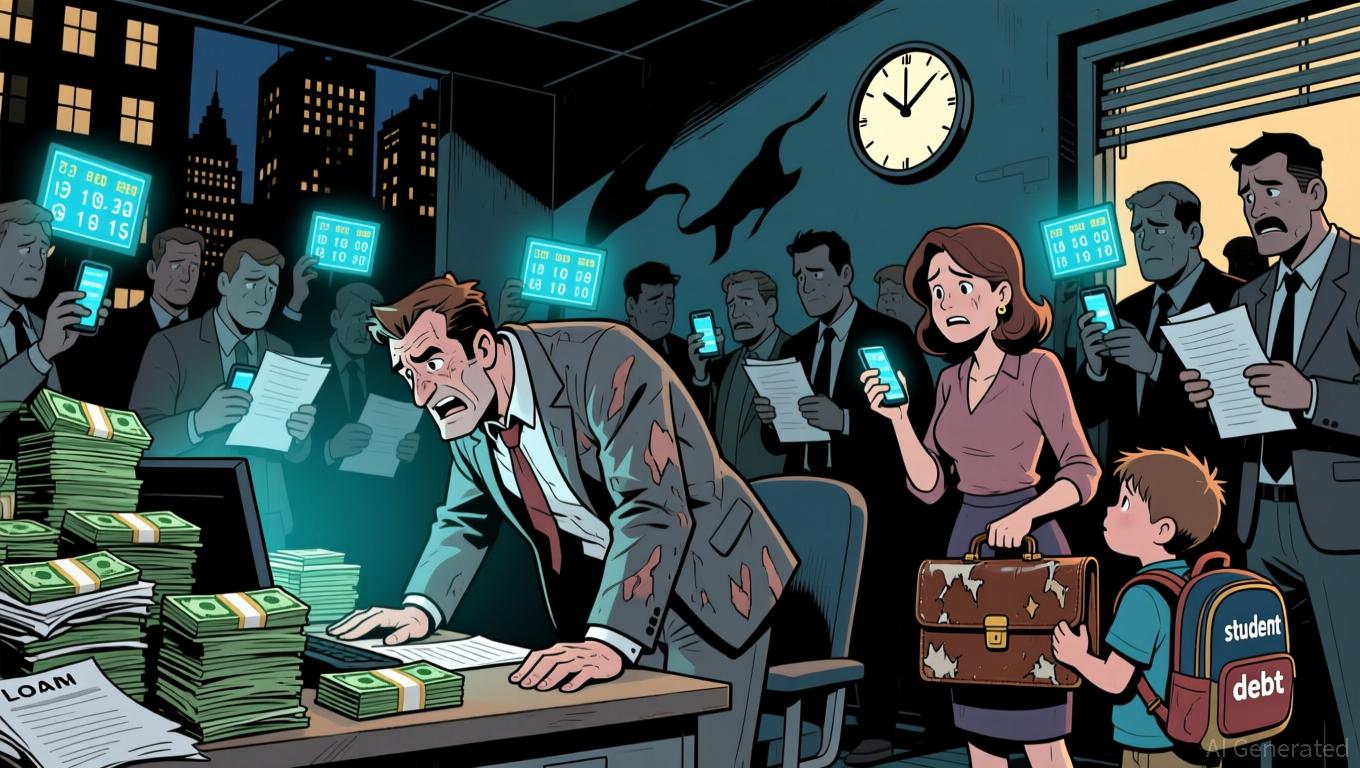Bitcoin News Update: Seven-Year Uptober Run Concludes Amid Dominance of Global Economic and Political Factors
- Bitcoin's seven-year "Uptober" rally collapsed in October 2025, dropping 10% below $110,000 amid profit-taking and macroeconomic risks. - Trump's China tariff threats triggered a $15,000+ selloff, wiping $500B in crypto value and exposing leveraged position vulnerabilities. - Miner profitability stabilization near $115,000 offers potential support, but below $110,000 risks renewed capitulation amid ETF and liquidity shifts. - The market now prioritizes fundamentals over seasonality, with BNB's 4.2% gain
Bitcoin’s seven-year “Uptober” winning streak has come to an end, signaling a significant change in the crypto landscape as bearish sentiment grows stronger. The cryptocurrency dropped about 10% in October 2025, finishing the month below $110,000 after reaching an all-time high of $126,300 earlier,
The market’s vulnerability was highlighted by a rapid selloff on October 10–11, sparked by President Donald Trump’s threats of significant new tariffs on China amid rare-earth disputes. This triggered a widespread risk-off reaction, causing Bitcoin to tumble from the low $120,000s to nearly $105,000 in a swift decline. Derivatives exchanges saw tens of billions in liquidations, and the total crypto market lost over $500 billion in value before a tentative recovery established a support level, CoinDesk noted. The incident exposed the risks of high leverage and limited liquidity, especially in alternative coins like

At the same time, miner operations have steadied, potentially setting the stage for a rebound. Bitcoin’s price has been consolidating around $115,000, coinciding with better miner profitability and improved hashprice figures, which have eased the forced selling that followed the halving,
This October’s downturn has altered seasonal expectations for the digital asset market. The “Uptober” trend, which had been a reliable pattern since 2019, now seems less predictable, with traders recognizing that broader market forces, rather than seasonal trends, are the main drivers, CoinDesk observed. Binance’s native asset,
Although the short-term outlook is cautious, there is still long-term confidence. Bitcoin’s gains so far this year and the improving economics for miners point to underlying strength, but investors must remain alert to macroeconomic changes and geopolitical tensions that could quickly increase volatility, Coinpedia concludes.
Disclaimer: The content of this article solely reflects the author's opinion and does not represent the platform in any capacity. This article is not intended to serve as a reference for making investment decisions.
You may also like
Supreme Court Decision on Tariffs May Require $140 Billion in Refunds and Prompt Federal Reserve to Lower Rates
- UBS warns a Supreme Court ruling against Trump's tariffs could force $140B refunds, straining U.S. fiscal resources and prompting potential Fed rate cuts. - The refunds stem from 39% Swiss tariffs deemed potentially unlawful, with fiscal impact equivalent to 7.9% of 2025's projected budget deficit. - Legal challenges highlight executive overreach risks, while reduced tariffs could boost consumer spending and ease inflation, creating room for Fed easing. - Swiss business leaders have lobbied Trump to lowe

Ethereum Updates: TRON's GreatVoyage: Strengthening USDT's $122B Network to Compete with Ethereum

Arm's Low-Power Architectures Overcome AI Energy Constraints, Fuel 34% Growth in Revenue
- Arm Holdings reported $1.14B Q3 revenue, 34% YoY growth surpassing forecasts, driven by AI/data center demand. - Royalty revenue rose 21% to $620M while licensing revenue jumped 56% to $515M, reflecting strong IP adoption. - Strategic shift to develop full-chip solutions via Compute Sub Systems aims to compete with Nvidia/Amazon in AI hardware. - Parent company SoftBank explored Arm-Marvell merger to strengthen AI infrastructure, highlighting industry consolidation trends. - 20 "buy" ratings and $155 pri

Fed Faces a Choice: Boost Growth or Curb Mounting Debt?
- U.S. household debt hit $18.59 trillion in Q3 2025, driven by rising credit card, student loan, and home equity debt with delinquency rates at multi-year highs. - The Fed initiated rate cuts amid slowing job growth but faces a dilemma: easing economic strain risks inflating a consumer debt bubble while tightening worsens defaults. - Retailers, banks, and auto lenders face fallout as discretionary spending declines and loan defaults rise, while essential goods and debt collectors see increased demand. - P
